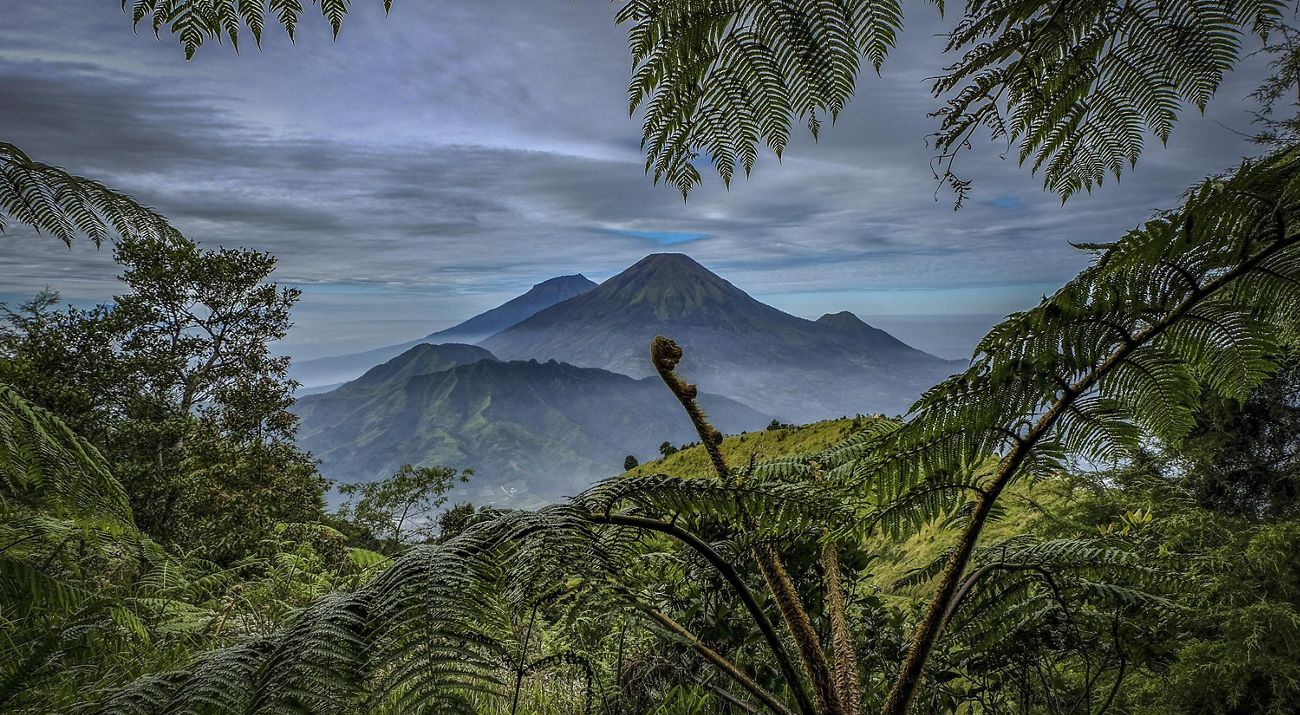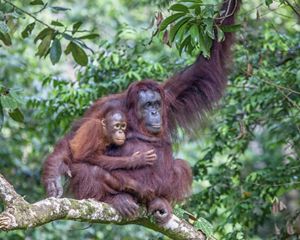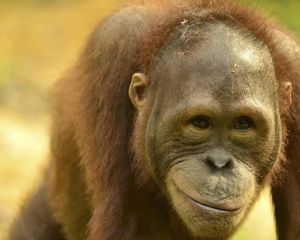How Bioacoustics are Helping Save Indonesian Forests
Indonesia’s annual rate of deforestation is about 3 million hectares, according to the country’s Environment and Forestry Minister.
That’s an area roughly 27 times the size of Hong Kong lost every year. And these aren’t just any forests: these are some of the most biodiverse forests on Earth. Orangutans, clouded leopards, Sumatran rhinos and 17 percent of Earth’s bird species live here.
Reducing deforestation in these forests is critical for protecting wildlife and species diversity, as well as reducing carbon emissions and slowing climate change. But saving all of Indonesia’s forests isn’t a realistic goal: there are too many competing interests, and Indonesia’s forests are incredibly valuable to the country’s national and local economies.
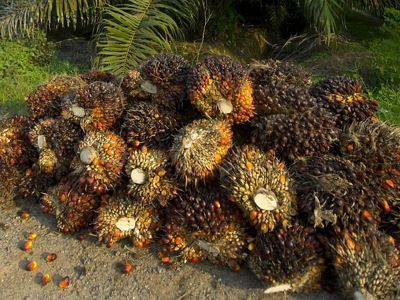
Palm oil, timber, mining and pulp paper are the main drivers of forests being cut and burnt down there—and it’s not only Indonesians or big companies who benefit from these industries. In fact, it’s likely that some of the cabinets or furniture in your home come from Indonesian timber… That the cosmetics and lotions you use come from Indonesian oil palm… And the paper you write on comes from pulp paper production. The world depends on Indonesian forests but continuing the current pace of destruction is not a viable long-term solution.
That’s why TNC is working across sectors and interests to urgently find ways to keep a lot of Indonesia’s forests standing, while still providing economic benefits to millions. And we’ve found a pretty efficient way to help communities and governments and businesses make quick but smart decisions about how to balance human and nature’s needs in local forests.
Working in Borneo—the only home of critically endangered Bornean orangutans—TNC scientists, community members and partner organizations are using acoustic recorders to measure and analyze the health of pristine, sustainably managed and heavily impacted forests.
The overall question they’re trying to answer is:
Quote
Is it better to use one portion of the land intensively and protect the rest (sparing), or is it better to lightly use a vast majority of the land (sharing)?
Though the question may seem elegantly simple, answering it is not simple work. In their question to answer the larger question, they are using bioacoustics monitoring to assess (among other questions):
- How does the overall richness of biodiversity change from site to site, depending on location and land use type?
- Are the same species found in different sites, and how do different species in different sites react to different land-use types?
- What land-use types still allow for sustainable populations of various species?
- Which land-use types are incompatible with the survival of various species?
Once they have enough data to answer such questions, in a nutshell, this bioacoustics monitoring work can help communities and decision-makers plan which forests to protect, which can sustain some biodiversity while still being selectively logged, and which ones are most important to the survival of various species.
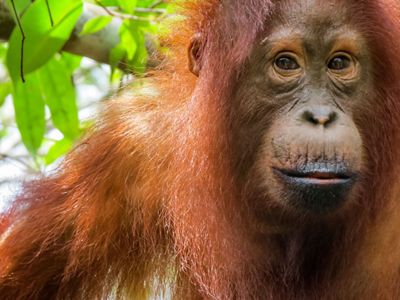
Learn more about the emerging conservation science of bioacoustics monitoring. And the work to protect Indonesia’s forests goes beyond saving orangutans and other biodiversity: forests provide an array of other benefits to local communities and the world alike, including flood mitigation and carbon sequestration.
Quote: Justine Hausheer
This acoustics data will help ensure that each tree cut, or each hectare cleared, gets the maximum benefit possible out of this rich land with the least impact on biodiversity.
SAVE NATURE TODAY
Donate NowDid you know that every 30 seconds, an area of forest the size of Victoria Park is destroyed? You can help forests bounce back: HK$180 each month could help plant 180 trees over two years.
